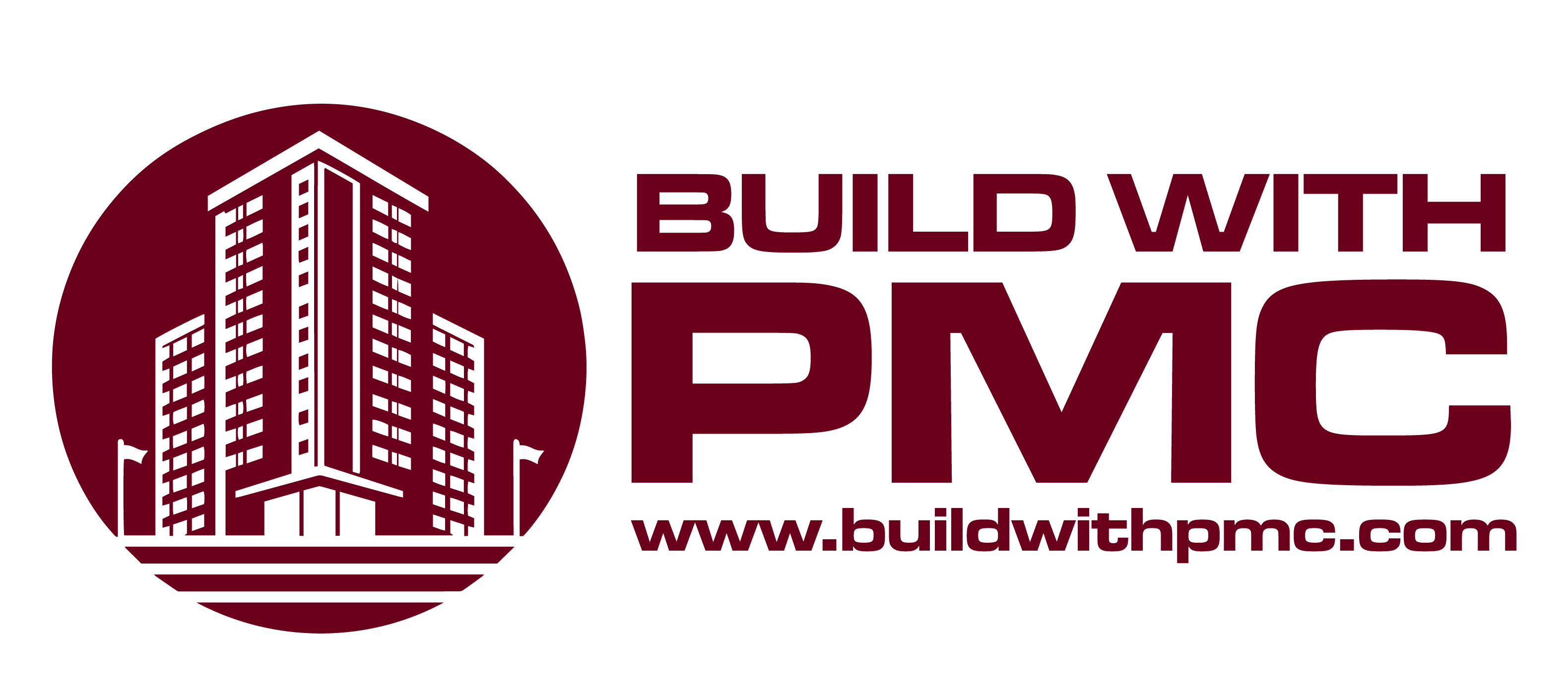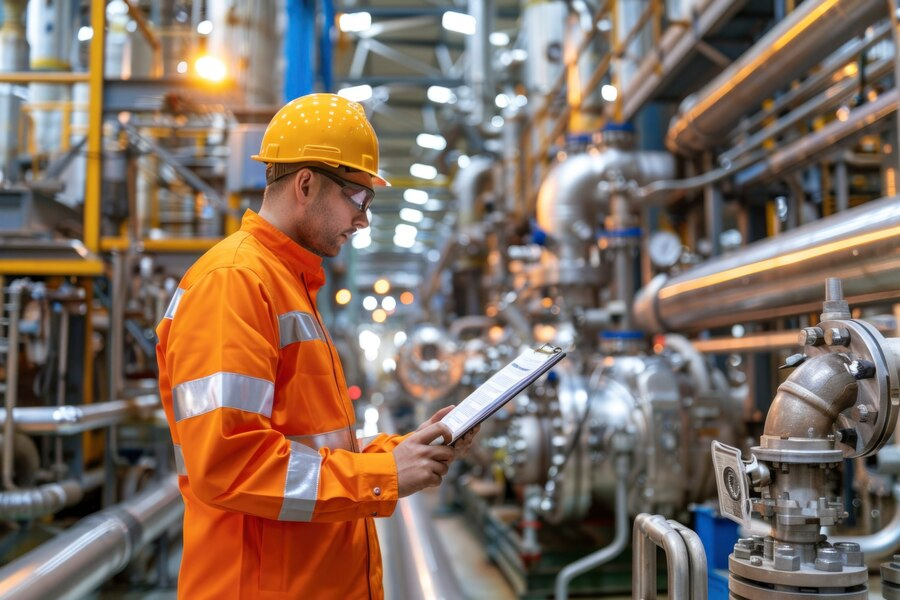Southern California is not only renowned for its scenic landscapes and vibrant culture but also for its susceptibility to seismic activity. The region’s proximity to the San Andreas Fault and other fault lines makes it prone to earthquakes of varying magnitudes. In response to this inherent risk, engineers and architects have long been at the forefront of designing and constructing buildings that can withstand seismic forces. Among these resilient construction methods, reinforced concrete stands out as a cornerstone of earthquake-ready structures in Southern California.
Understanding Reinforced Concrete
Reinforced concrete is a composite material comprising concrete and reinforcing materials such as steel bars, mesh, or fibers. This combination harnesses the compressive strength of concrete with the tensile strength of steel, creating a highly durable and flexible building material. In earthquake-prone regions like Southern California, where lateral forces exerted during seismic events can be significant, reinforced concrete structures offer unparalleled resilience.
The process of incorporating reinforcement into concrete involves meticulous planning and execution. Engineers carefully design structures to account for anticipated loads and environmental conditions, specifying the type, size, and placement of reinforcement elements accordingly. Skilled laborers then construct formwork to shape the concrete and position the reinforcement as per the engineering drawings. Once the concrete has cured, forming a monolithic structure, the resulting reinforced concrete element possesses remarkable strength and resilience.
In seismic regions like Southern California, where the threat of earthquakes looms large, reinforced concrete construction plays a pivotal role in mitigating risks. The ductility of reinforced concrete allows structures to flex and deform under seismic loading, dissipating energy and reducing the likelihood of catastrophic failure. Moreover, the robustness of reinforced concrete enables buildings to maintain their structural integrity even in the face of significant ground motion.

Key Features of Earthquake-Ready Reinforced Concrete Construction
Flexibility and Ductility
Reinforced concrete buildings can undergo significant deformations during earthquakes without collapsing. The inherent ductility of reinforced concrete allows structures to bend and sway, dissipating seismic energy and minimizing damage.
Seismic Retrofitting
Existing buildings can be strengthened through seismic retrofitting techniques, which involve adding additional reinforcement to enhance their earthquake resistance. This is particularly crucial in Southern California, where many older structures may not meet modern seismic standards.
Moment-Resisting Frames
Buildings with moment-resisting frames (MRFs) are a common feature in earthquake-ready construction. MRFs utilize beams and columns interconnected to resist lateral forces, providing stability and preventing structural failure during earthquakes.
Base Isolation Systems
Advanced seismic design often incorporates base isolation systems, which decouple the building from the ground motion. These systems employ bearings or isolators to absorb seismic energy, reducing the transmission of forces to the structure above.
Continuous Monitoring and Evaluation
Ensuring the long-term effectiveness of earthquake-ready construction involves continuous monitoring and evaluation of buildings. Structural health monitoring systems can detect changes in building behavior, enabling timely maintenance and repairs to uphold seismic resilience.
Challenges and Innovations
While reinforced concrete construction offers significant advantages in earthquake-prone regions, challenges persist in optimizing its performance. Innovations in materials, construction techniques, and structural design continue to drive advancements in seismic resilience. From the development of high-performance concrete mixes to the integration of advanced simulation tools, engineers are constantly refining earthquake-ready construction practices to enhance safety and durability.
Material Innovation
Developing high-performance concrete mixes tailored for seismic resilience is an ongoing challenge. Innovations in concrete technology aim to enhance properties such as strength, ductility, and durability, crucial for withstanding seismic forces. Researchers are exploring the use of supplementary cementitious materials, such as fly ash and silica fume, to improve the performance of concrete in earthquake-resistant structures.
Construction Techniques
Ensuring the proper installation of reinforcement and the quality of concrete placement is essential for the effectiveness of reinforced concrete construction. Challenges arise in maintaining construction standards and quality control, particularly in large-scale projects. Innovations in construction techniques, such as prefabrication and modular construction, can streamline the building process while enhancing structural integrity.
Structural Design Optimization
Designing structures to withstand complex seismic loading conditions requires advanced analytical tools and expertise. Engineers face the challenge of optimizing structural designs to balance factors such as stiffness, ductility, and cost-effectiveness. Innovations in computational modeling and simulation enable more accurate predictions of structural behavior under seismic loads, allowing for refined designs that maximize safety and efficiency.
Retrofitting Existing Structures
Retrofitting older buildings to meet modern seismic standards presents unique challenges due to varying structural configurations and construction materials. Innovations in retrofitting techniques aim to overcome these challenges by offering adaptable solutions tailored to each building’s specific needs. This may involve strengthening existing structural elements, adding supplementary bracing systems, or implementing base isolation technologies to enhance seismic resilience.
Integration of Multi-Hazard Resilience
Beyond earthquakes, buildings in Southern California must also contend with other natural hazards such as wildfires and landslides. Integrating multi-hazard resilience into reinforced concrete construction poses challenges in terms of balancing competing design requirements and optimizing cost-effectiveness. Innovations in resilient design approaches consider the interactions between different hazards, allowing for the development of holistic solutions that enhance overall building resilience.
Regulatory Compliance and Public Awareness
Ensuring compliance with building codes and regulations governing seismic design is essential for mitigating earthquake risks. Challenges arise in maintaining consistency across jurisdictions and enforcing compliance throughout the construction process. Innovations in building codes and standards aim to address emerging seismic threats while promoting public awareness and education on earthquake preparedness and resilience.
Conclusion
Opting for earthquake-ready reinforced concrete construction is not just a matter of structural integrity; it’s a decision rooted in safety, longevity, and resilience. With its proven track record in mitigating earthquake damage, reinforced concrete stands as a stalwart defense against nature’s unpredictable fury. By investing in such construction methods, communities, businesses, and homeowners can fortify their buildings against seismic hazards, ensuring not only the protection of property but, more importantly, the preservation of lives.
For more information on earthquake-ready reinforced concrete construction or to discuss how PMC INC can assist you in safeguarding your structures against seismic risks, don’t hesitate to contact us at 562-905-3101. Our team of experts is dedicated to providing comprehensive solutions tailored to your specific needs, helping you build a safer and more resilient future.




